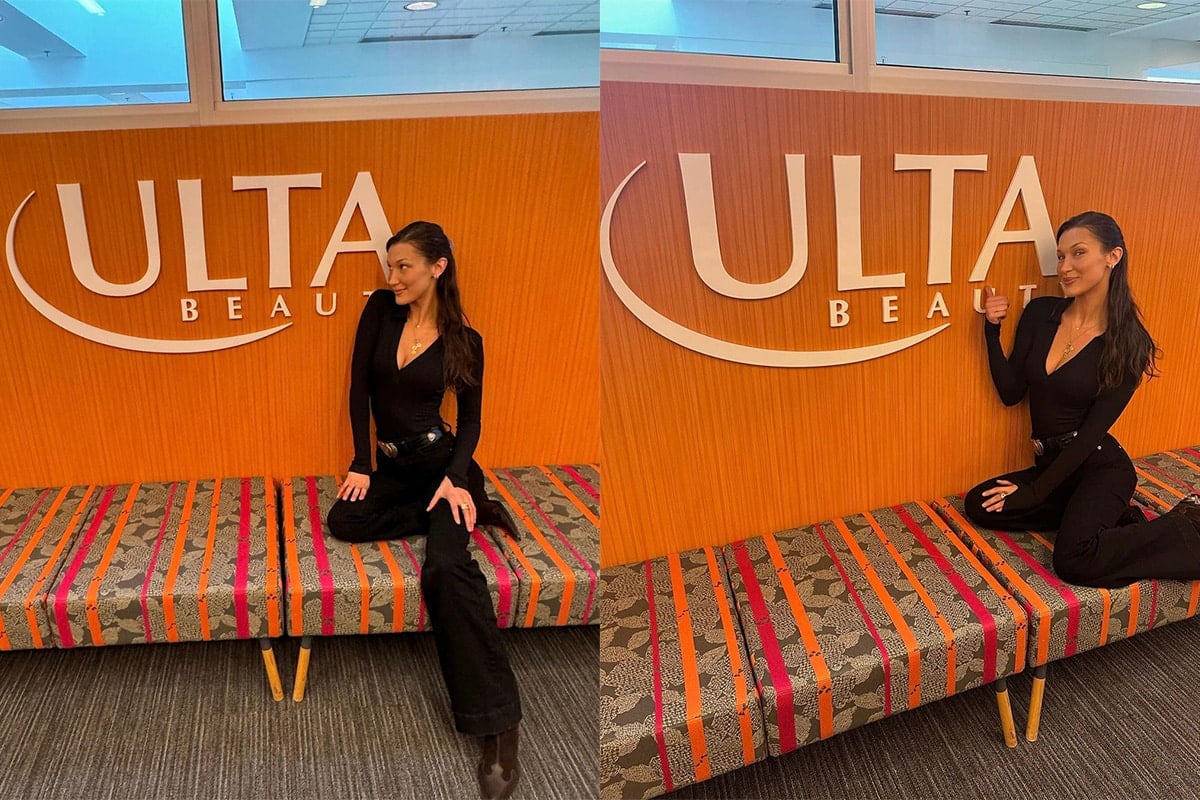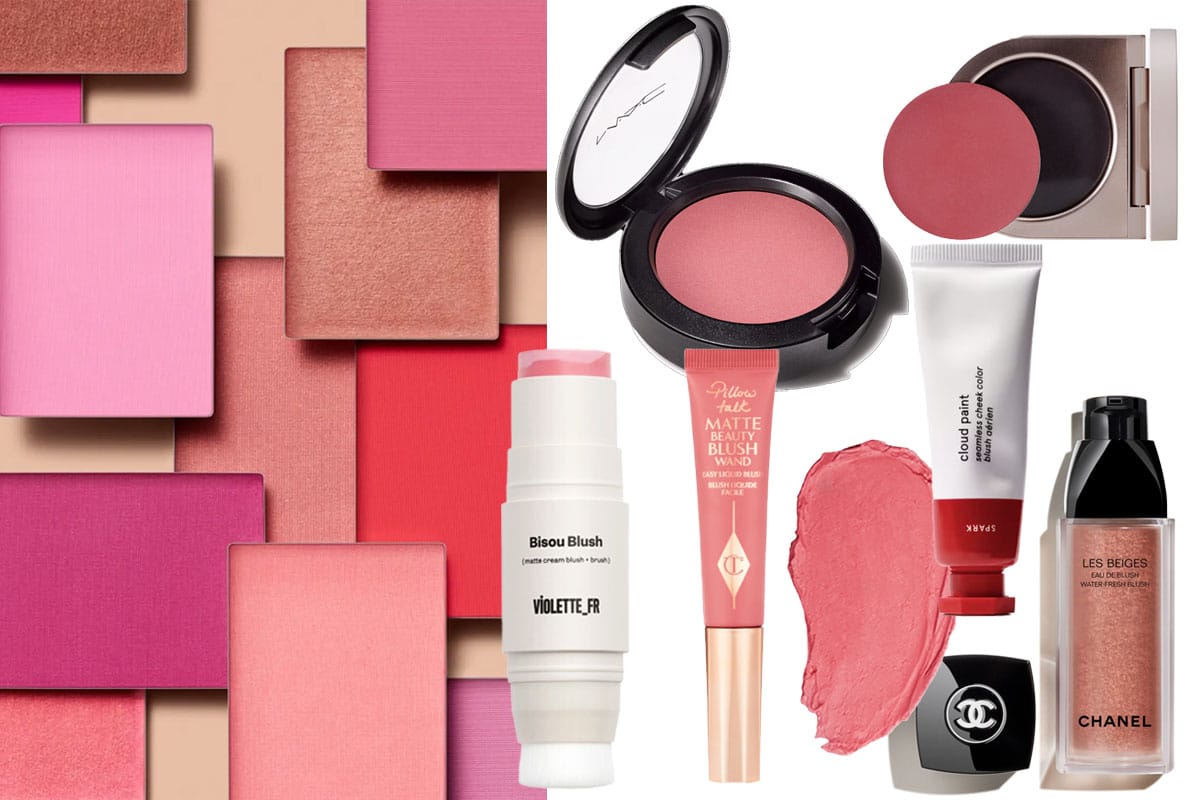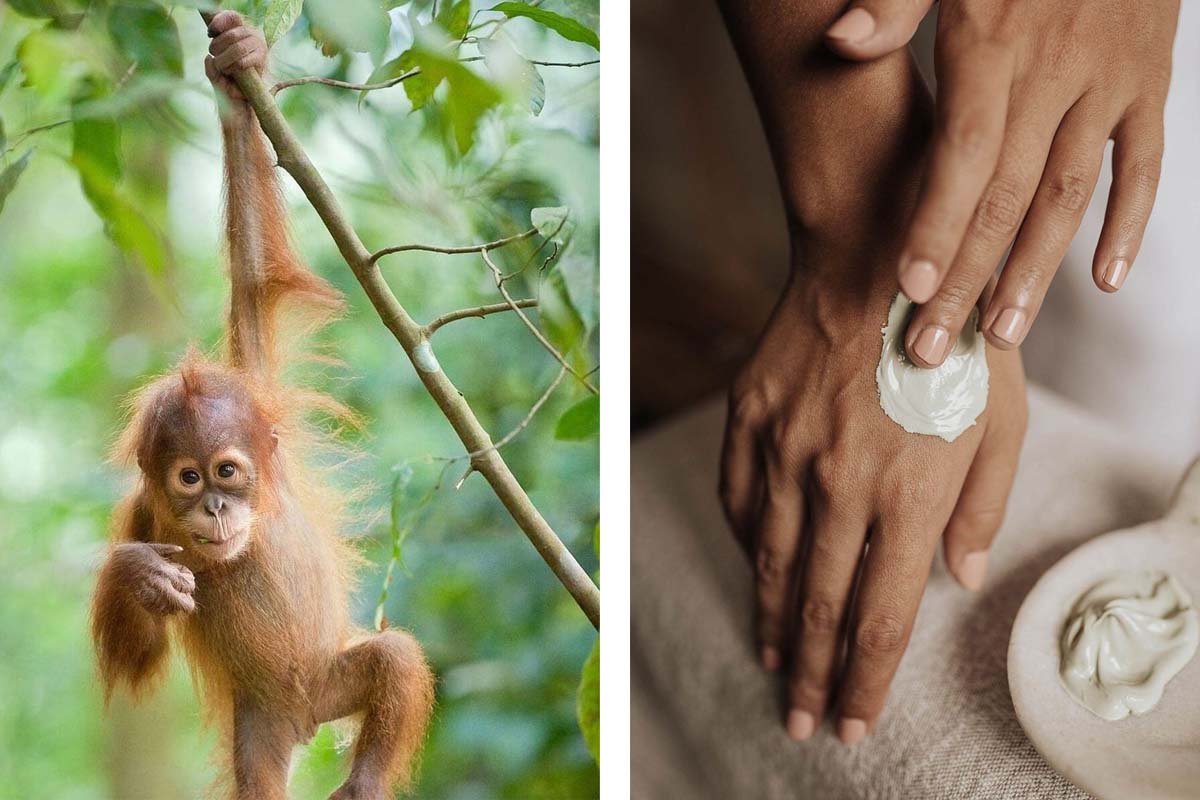
In 2010, the problems with palm oil entered the collective consciousness thanks to a Greenpeace video about Nestlé. The graphic video communicated the risk that palm oil production poses to orangutans and called out the corporation's use of palm oil across the Kit Kat product range.
Since that time, the conversation around palm oil has only become more convoluted. Palm oil is used in almost every consumer product, often unnecessarily in beauty products. For those looking to avoid it, it's not easy. Palm oil often goes by other names like PKO, and is increasingly hard for conscious consumers to spot on product labels. Then there is the talk around sustainable palm oil, and whether or not this is actually an alternative that helps with animal conservation.
When on the journey to create her own ethical skincare brand Retreatment Botanics, co-founder and managing director Trudi Jaye discovered first hand how deep the palm-oil-rabbit-hole goes. She spoke to some of the leading experts in orangutan forest conservation only to find palm oil was everywhere and some of the sustainable options weren't as sustainable as they claimed. She made the decision to cut palm oil from her product line entirely and is now using the platform to educate on she made this choice.
Below, Trudi shares what she's learned about the palm oil industry, what to look out for as a consumer and what's next for her skincare label Retreatment Botanics.
Over the last few years, there has been a growing awareness around the problems with palm oil. What exactly are the problems with this product?
Many of us are just discovering that palm oil derivatives are commonly used in cosmetics, cleaning products and everyday foods. People are surprised to learn these derivatives are often hidden and unrecognisable on the ingredient list, so they have no idea the product contains palm oil. In fact, the government has never made palm oil labelling mandatory.
The problem with palm oil production is it’s a leading cause of environmental devastation. It is now considered a major cause of climate change and global warming. Palm oil trees grow best in old rainforest areas which means ancient and biodiverse ecosystems are rapidly destroyed for palm oil plantations, often referred to as “green deserts”. Palm oil is wiping out many critically endangered species such as Orangutans, Sumatran Tigers, Pygmy elephants, Rhinos, and Clouded Leopards. Sadly 80-90% of their primary habitat has now been lost in the last 20 years. Local indigenous communities are also impacted by harmful industry pollution, as well as losing their land rights and livelihood. Palm oil is both an environmental and human rights issue.
What do you think more people need to understand about palm oil as a product?
The palm oil industry presents serious problems for the planet, but it is possible to find alternatives. Awareness is everything. The more brands and consumers become educated about this issue, the faster things will change. Demand for transparency and palm oil free products is already growing. Through persistence, we developed luxurious and effective products that our customers adore – we proved it is possible. Going palm oil free doesn’t have to mean compromising on results, and we know this is what everyone ultimately wants! Customers love our products for their phyto-active rich Australian botanicals, the textures, the natural scents and the immediate results. Our values are simply an added benefit that make you feel good every time you enjoy your skincare ritual.
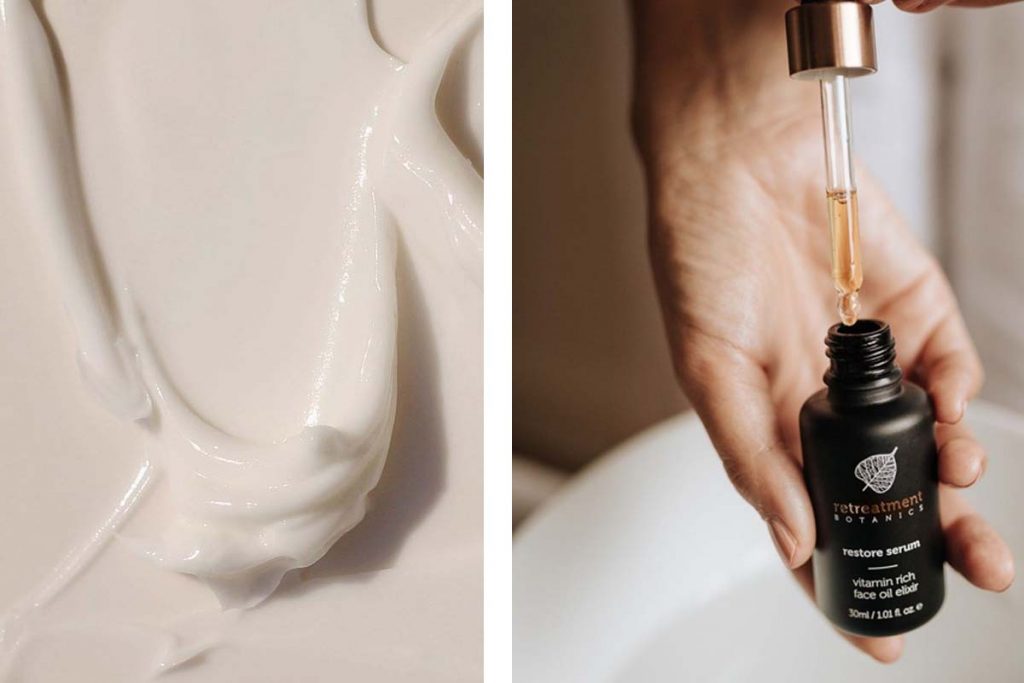
Some argue that using sustainable palm oil creates more demand for a sustainable variety – which could be an important industry to support considering that palm oil use will be hard to eradicate entirely. What are your views on sustainable palm oil?
Unfortunately in reality, I don’t believe it exists in cosmetics and personal care items. The Palm oil industry has a large and complex supply chain which is extremely difficult to trace. The derivatives from ‘sustainable’ palm oil (used to make base ingredients such as surfactants and emulsifiers) are mostly obtained from a mix of sustainable and non-sustainable sources, and can still receive the ‘sustainable’ certification, even when containing as little as five percent sustainable palm oil. In other cases, plantations can state they ‘intend’ to become sustainable in the future and receive the certification now. At this stage, standards are not rigorously enforced to ensure members comply with the certification criteria and corruption is rife. In addition, many argue that palm oil grown on recently cleared land that was once ancient rainforest can’t genuinely be labelled as sustainable. I truly hope that one day there will be real sustainable solutions, but for now the cost to our rainforests, animals and planet is too high.
When creating Retreatment Botanics, why did you choose to go entirely palm-oil-free?
I initially looked at formulating with ‘sustainable’ palm oil as this seemed like the right thing to do, however quickly changed my mind after researching the certification criteria. After requesting many documents and attempting to trace the palm oil to its source, I realised this was almost impossible to do. Most base ingredients in skincare are made from palm oil derivatives and due to the lack of industry transparency and compliance to sustainable certification criteria, I did not feel confident to formulate with palm oil derived ingredients. At Retreatment Botanics, our brand values are an integral part of our mission. We are against animal testing, and are cruelty free and vegan. Many argue that at this stage, products that contain palm oil cannot truly be considered as cruelty free.
Why would someone even put palm oil in beauty products in the first place?
Mainly, because it’s cheap. Palm oil is desirable to manufacturers as it’s widely available, high yield and is very cheap to produce. (Not counting the environmental cost). Palm oil is therefore the dominant oil used to create base ingredients in skincare and industry giants have a monopoly on global supply. This means it’s very challenging to formulate skincare without it as there aren’t many alternatives available. In addition, many brands may not even be aware it is in their products as it’s hidden behind hundreds of different ingredient names. This is why at Retreatment Botanics, we believe there is a huge need for education and awareness around this issue. We hope to inspire other brands to do the same.
Palm oil has so many different names on an ingredients label. How did you manage to do this?
I researched and tested palm oil free alternatives for over two years. It wasn’t an easy path and I hit many hurdles and heard many “no”s, “it’s not possible”, “you’re naive to even try.” Refusing to take NO for an answer, I persisted and persisted… in a way it became my mission. I also sort help from wonderful friends in the environmental movement such as Palm Oil Investigations and the Orangutan Alliance. It was an incredible journey, hugely challenging and to be honest, I didn’t know what I was getting myself into! Finally, I’m so happy to say we got there, we did it and the result is amazing. We successfully formulated a beautiful, premium skincare range that delivers incredible results to the skin. It’s highly efficacious and visibly restores skin radiance.
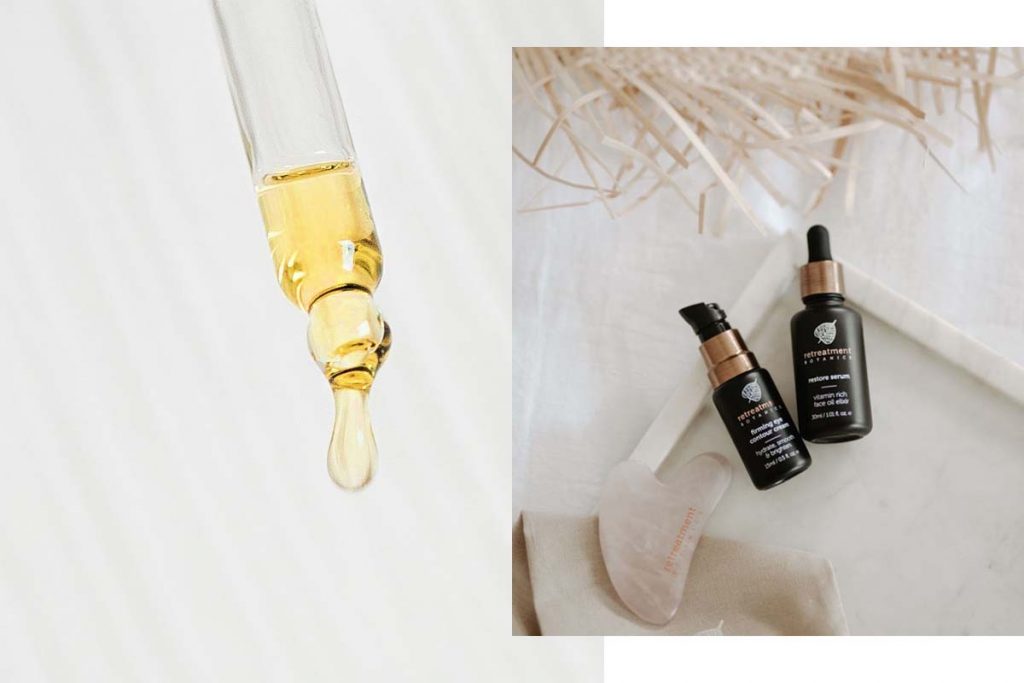
If you as a consumer want to avoid palm oil, what should you look for on an ingredients label? How can you tell what has palm oil and what doesn't?
There are some obvious clues, such as ingredients that contain the word ‘palm’ ie ‘palmitate’, however it’s hard to be sure with many ingredients. As there are over 200 ingredient names containing palm oil, you can do a simple google search to find common names. The issue is some ingredients can either be derived from palm oil or an alternative, and still display the same name – one such example is ‘glycerine’. Given the complexity in identifying palm oil in skincare and other types of products, the best thing to do is look for a Palm Oil Free certification. At this stage, it is extremely rare to find skincare that is 100% certified palm oil free.
Images: Retreatment Botanics

